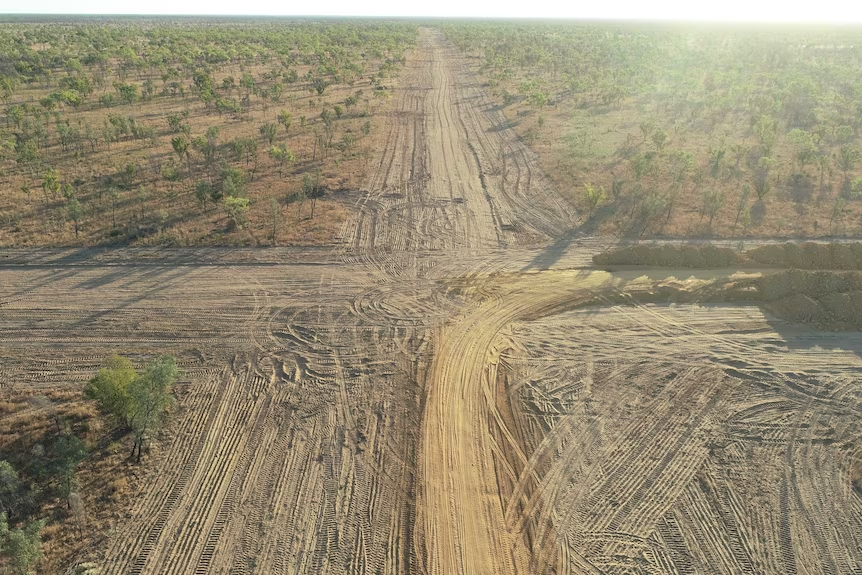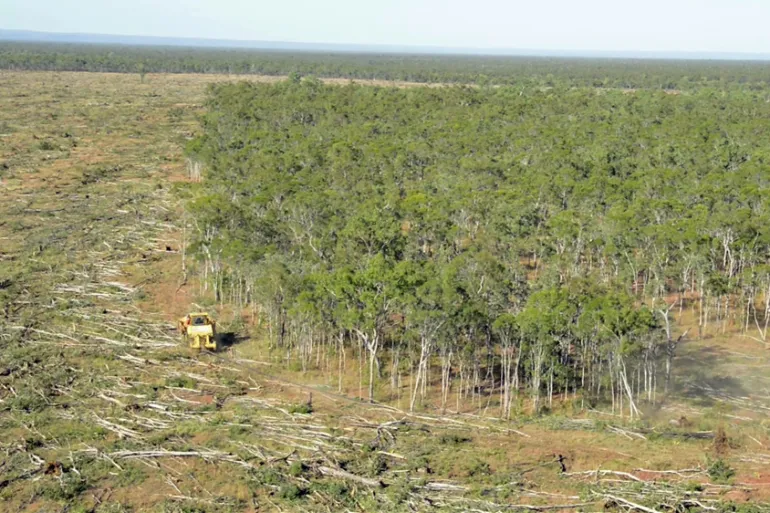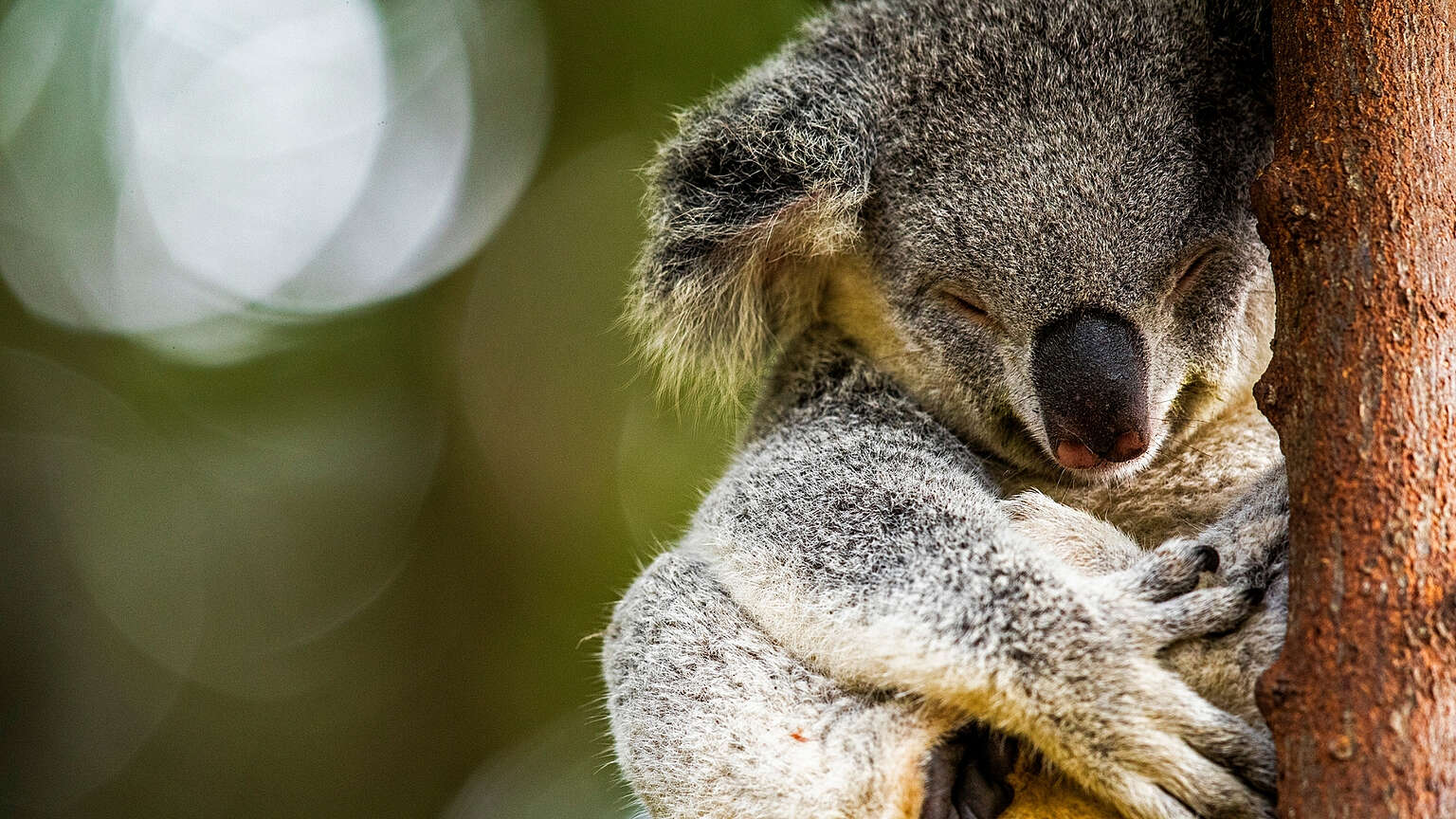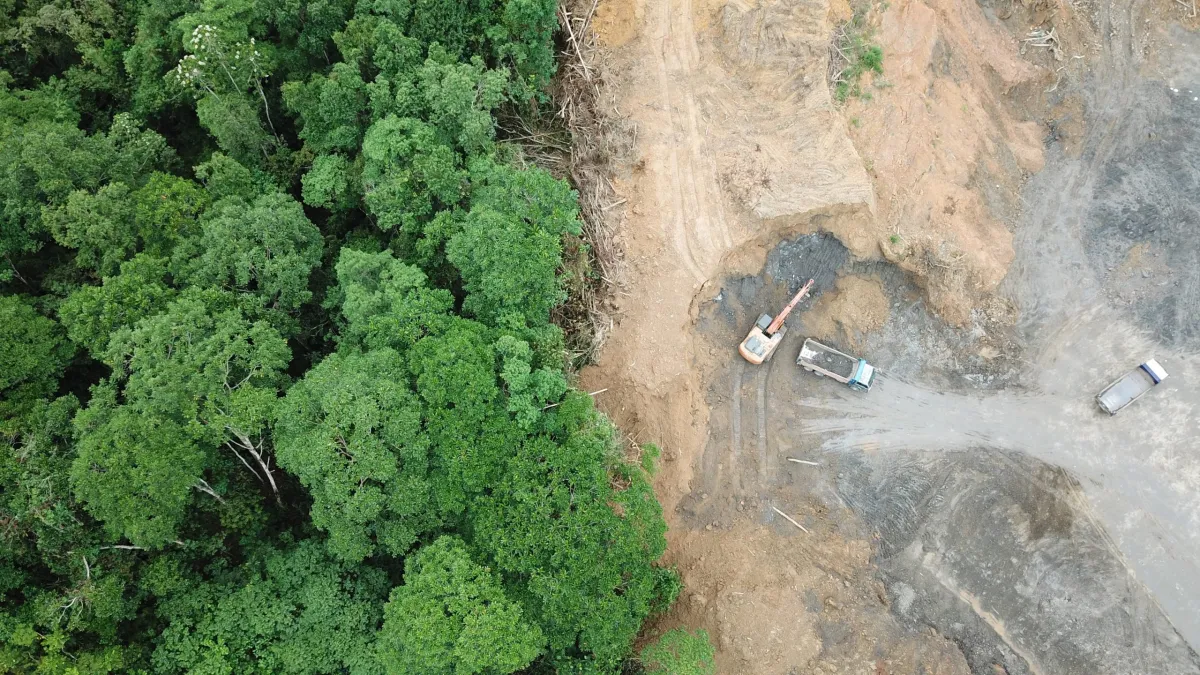- hot-spots
- deforestation
- Australia
- Deforestation in Australia
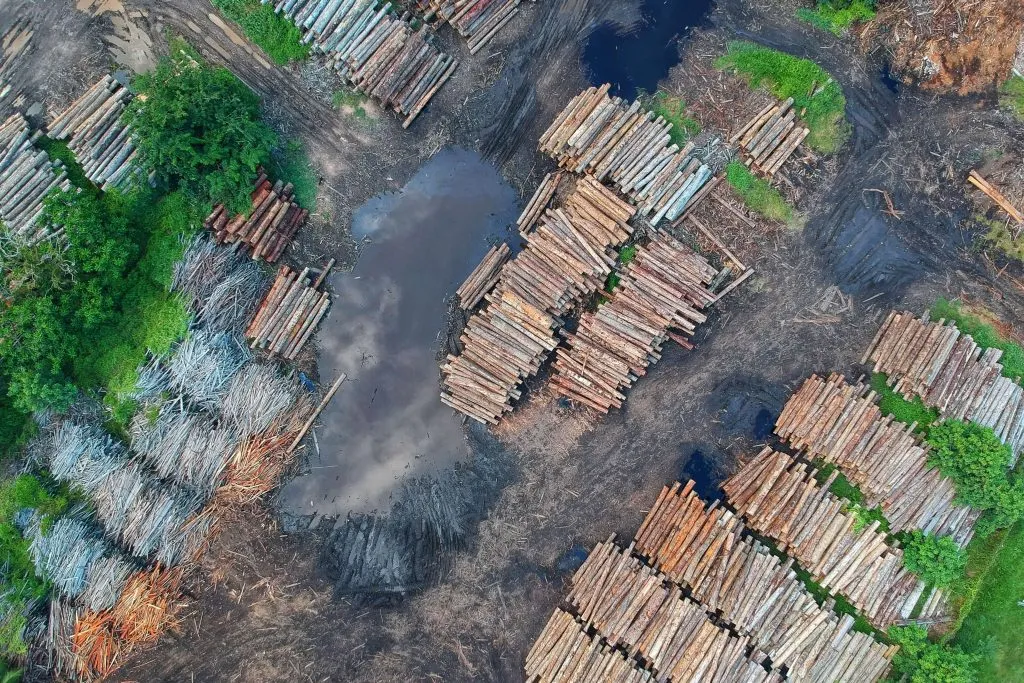
Problems
Deforestation in Australia is a primary environmental concern, leading to the loss of millions of native animals, including endangered species, and the destruction of forests and woodlands. Nearly 50% of our forest cover has been cleared in the last two centuries, making Australia one of the worst-developed countries for deforestation. The leading cause of deforestation in Australia is livestock production, primarily cattle grazing. Livestock accounts for 73% of land use in Australia and is responsible for 54% of land clearing. Other causes include logging of native forests, mining, urban expansion, and infrastructure development. Deforestation and forest fragmentation hurt the biodiversity of animals and plants. The loss of biodiversity in Australia is of catastrophic proportions. Many bird species have been lost in Victoria, Queensland, New South Wales, Western Australia, and the Mount Lofty Ranges in South Australia. In Australia, of the 1,250 plants and 390 terrestrial animal species listed as threatened, 964 plants and 286 animals have deforestation and resulting habitat fragmentation or degradation listed as threats. These include southern cassowary, Bennet’s tree kangaroo, Cape York rock-wallaby, and, as well as the iconic, recently listed as vulnerable to extinction in Queensland and New South Wales. This large-scale destruction also hampers Australia’s ability to meet climate targets. The agriculture, forestry, and other land use sector, on average, accounted for almost a quarter (23%) of the world’s human-caused emissions. Of these, 45% were from deforestation. Tree clearing also has a significant impact on soil and water health. Without trees to anchor fertile soil, erosion can occur and sweep the earth into rivers, choking and polluting our waterways. Estimates suggest that one-third of the world’s arable land has been lost through soil erosion and degradation since 1960. In Australia, sediment, nutrient, and pesticide pollution from run-off is threatening the health and resilience of the Great Barrier Reef Forests play a significant role in reducing carbon emissions and curbing harmful by capturing and storing carbon. However, they become carbon sources when cut, otherwise removed or burnt. Deforestation and forest degradation account for approximately 15% of total global emissions, contributing to rising temperatures, changes in weather patterns, and increasingly frequent extreme weather events. Destroying old, biologically important woodland and forests at such a scale is terrible. It flies in the face of global pledges to end deforestation and maintain the integrity of Earth’s ecosystems. Australia is a signatory to both of these.
Gallery
5Timelines
2024
April
A hidden deforestation crisis is underway in Australia and wildlife is under threat. Australia is number one in the world for mammal extinction and number two in the world for biodiversity loss. Queensland is the state with the highest rates of deforestation – bulldozing more than all the other states and territories combined. Throughout the nineties, the Australian environment movement fought for stronger laws to end the destruction of forests and woodlands. Deforestation rates started to decline before state Governments were urged by industry to loosen laws, and once again rates of deforestation began to climb. Today, much of the environmental destruction is going on unchecked by government or environmental bodies, so the scale of the problem is hidden from view and only exposed by expert research and investigation.
2022
December 06
From 2001 to 2022, Australia lost 6.32Mha of tree cover from fires and 2.53Mha from all other drivers of loss. The Australian Government announces a $1.2 billion package to support low-emissions technologies and initiatives, including carbon capture and storage, hydrogen production, soil carbon sequestration, and forest restoration.
2021
May 21
WWF releases a report identifying Australia as one of the world’s hotspots for deforestation, ranking it alongside countries such as Brazil, Indonesia, and Colombia.
2020
July 01
The year with the most tree cover loss due to fires with 1.96Mha lost to fires — 83% of all tree cover loss for that year.
2019
January 21
The Great Barrier Reef Foundation receives a controversial $443 million grant from the federal government to fund projects to protect the reef from threats such as climate change, water quality, and deforestation.
2016
May 05
Queensland passes the Vegetation Management (Reinstatement) and Other Legislation Amendment Act, which restores stronger protections for native vegetation and reverses the previous government’s weakening of land clearing laws.
2012
November 28
The Forestry Act 2012 was enacted, and the Forestry Corporation of NSW was established on 1 January to manage NSW State forests.
2006
Ecologically Sustainable Forest Management plans published. These describe how Forests NSW will provide for uses such as timber supply and recreation while maintaining ecological processes and environmental values.
2004
July 26
Forests NSW is established as a public trading enterprise within the NSW Department of Primary Industries; 311 sawmills in NSW.
1999
August 26
NSW’s first Regional Forest Agreement or 20-year plan for the conservation and sustainable management of native forests is completed.
1916
The Forestry Act is passed and the Forestry Commission is established. Under the Act, the Commission is responsible for the management of State forests, Timber reserves and some Crown land.
